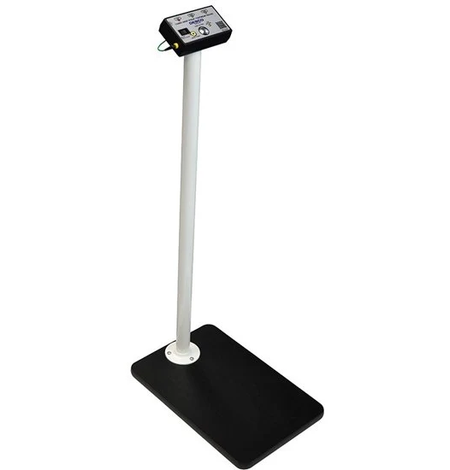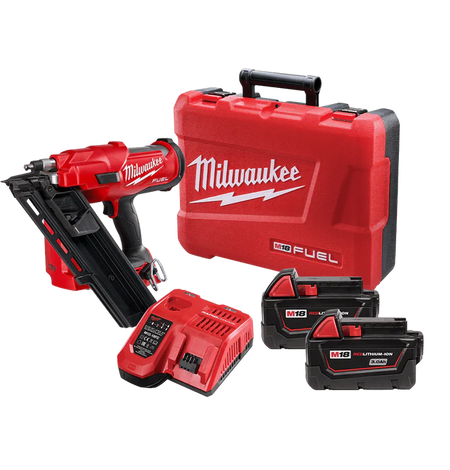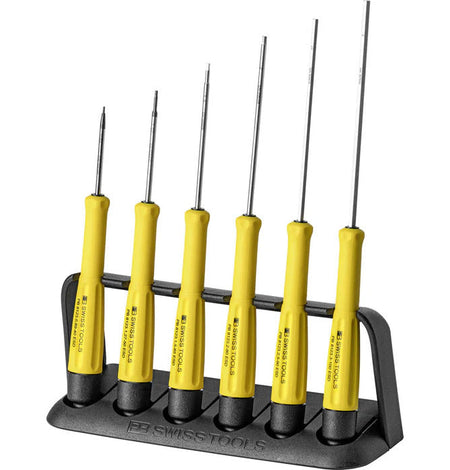Soldering is one of the most common activities to perform when working with electronic equipment. However, it also takes quite a bit of skill and practice to get right. So here are some of the most common mistakes to avoid when soldering and how to fix these problems if they do happen to you.
Disturbed joint
Sometimes when solder is solidifying on a joint a movement can cause it to become disturbed. A disturbed joint made appear unmelted, rough or crystalline. The issue with this kind of joint is that it can be unreliable and become damaged over time, causing issues for your circuit board.
The simplest way to repair this is to use a desoldering or hot air rework station to reheat the solder and apply it more evenly. Hakko is an excellent brand that offers highly effective desoldering stations that allow for fast and accurate reapplication.
To avoid disturbed joints in the future you should make sure that your workstation is free of obstructions and that your board is properly fastened so that it doesn’t move as you work on it.
Cold joint
A cold joint is caused when the solder is not melted properly onto the joint. While it might function initially that type of joint can degrade over time and cause electrical failure in the equipment you are working on.
Similar to disturbed joints you may repair this joint by reheating the solder with a rework or desoldering station.
The best way to avoid cold joints is to work with a soldering iron that is properly heated. Looking for high quality, reliable and fast heating soldering brands, such as Hakko soldering stations with ceramic tips, can significantly reduce the chance of cold joints occuring.
Overheated joint
Overheated joints are ones where the solder has not flowed well and the heat has caused burnt flux to build up. This burnt flux will make the joint difficult to fix and the soldering unreliable.
To repair an overheated joint you must first remove the solder and burnt flux with a knife or gentle scraping before resoldering. However, to prevent this from happening again you must ensure that the surface is properly cleaned. A good way to do this is by using isopropyl alcohol to prepare the surface and ensure that it offers a clean joint for solder to fix to.
Improper Wetting
Insufficient wetting of the pad, pin or surface mount is a common issue caused by solder not forming a good bond with the surfaces that it is joining.
The majority of the time this issue can be fixed by reheating the solder and ensuring that it bonds properly to the pad, pin and surface mount. However, to make sure that it bonds properly you need to start with a clean surface. Techspray offers excellent degreasers and dusters for cleaning electronic equipment before soldering.
Too much or too little solder
Too little solder often means that you are not going to have an effective connection while too much solder can cause issues such as solder bridges, where the solder overflows and makes connections where it wasn’t supposed to.
In these cases the overflow can be removed either by using the tip of the soldering iron or with a tool like a solder sucker.






